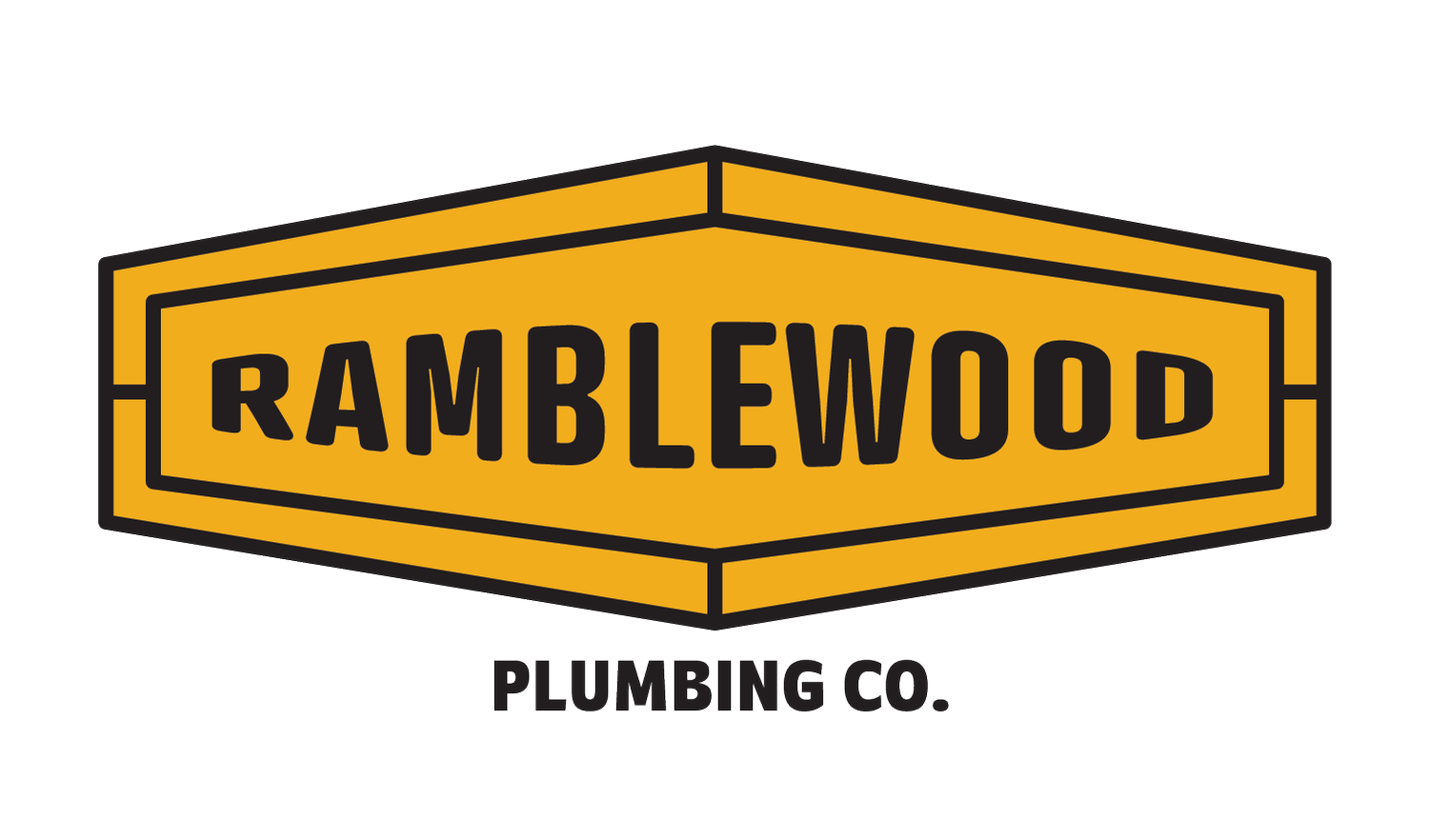Winter Is Coming — Are Your Pipes Ready?
St. Louis winters have a way of sneaking up on us. One day we’re enjoying mild fall weather, and the next, temperatures plummet overnight. As real estate professionals, you’ve seen firsthand how quickly a beautiful home can turn into an expensive headache when winter plumbing prep gets overlooked. Frozen pipes, burst lines, or malfunctioning water heaters aren’t just inconveniences — they’re sale-killers, move-in day disasters, and costly inspection delays.
Prepping plumbing for winter isn’t just a maintenance suggestion — it’s an essential part of protecting a home’s most valuable system: its water supply.
Why Frozen Pipes Matter More Than Homeowners Think
When water inside pipes freezes, it expands with enough force to crack copper, PVC, or PEX lines. But the real damage happens after the thaw — when water pressure builds and floods walls, basements, and crawlspaces. Even a small split can release hundreds of gallons of water in a matter of hours. And insurance? Many policies won’t cover preventable water damage.
That’s why realtors should emphasize winterization as part of home readiness — whether advising sellers, new buyers, or long-term owners.
Essential Winter Plumbing Tips Every Homeowner Should Follow
1. Disconnect and Drain Outdoor Hoses & Spigots
This is the #1 most forgotten step. Leaving hoses attached traps water inside exterior faucets, which can freeze back into the wall. Hoses should be removed, spigots shut off from interior valves (if available), and drained completely.
2. Insulate Exposed Pipes
Any piping in unheated areas — basements, garages, crawlspaces, or attics — should be wrapped with foam insulation or heat tape. These inexpensive materials can save thousands in repairs.
3. Keep Indoor Temperatures Consistent
Even if homeowners travel or vacate the property, indoor temps should stay above 55°F. Opening cabinet doors under sinks allows warm air to circulate around vulnerable pipes.
4. Know Where the Main Water Shut-Off Is
In the event of a burst, seconds count. Homeowners should locate their main shutoff valve before winter and ensure it’s accessible — especially in older STL homes where valves may be buried or corroded.
5. Schedule a Professional Checkup
A pre-winter plumbing inspection can identify aging water heaters, failing sump pumps, or hidden leaks. For sellers, this is leverage — a well-maintained plumbing system adds confidence to inspections. For buyers, it’s peace of mind.
A Realtor’s Best Value-Add? Prevention.
As professionals who guide homeowners in major investment decisions, reminding clients to winterize is more than just advice — it’s risk reduction. Whether you’re prepping a listing, handing over keys, or staying in touch with past clients, sharing seasonal maintenance reminders helps protect their homes and strengthens your reputation as a trusted resource.
Winter plumbing issues don’t wait for convenience. A little prep now keeps the water flowing — instead of pouring down the walls.
Read More about Ramblewood Plumbing Company.

